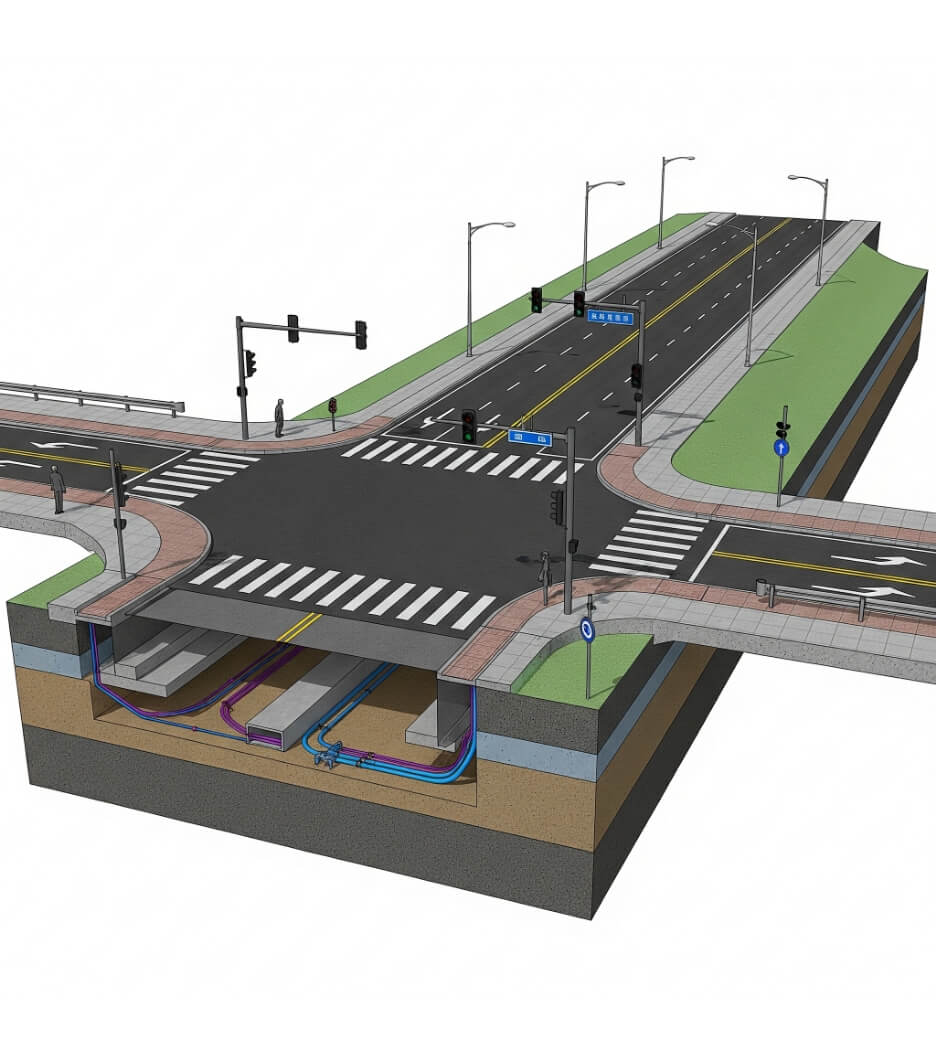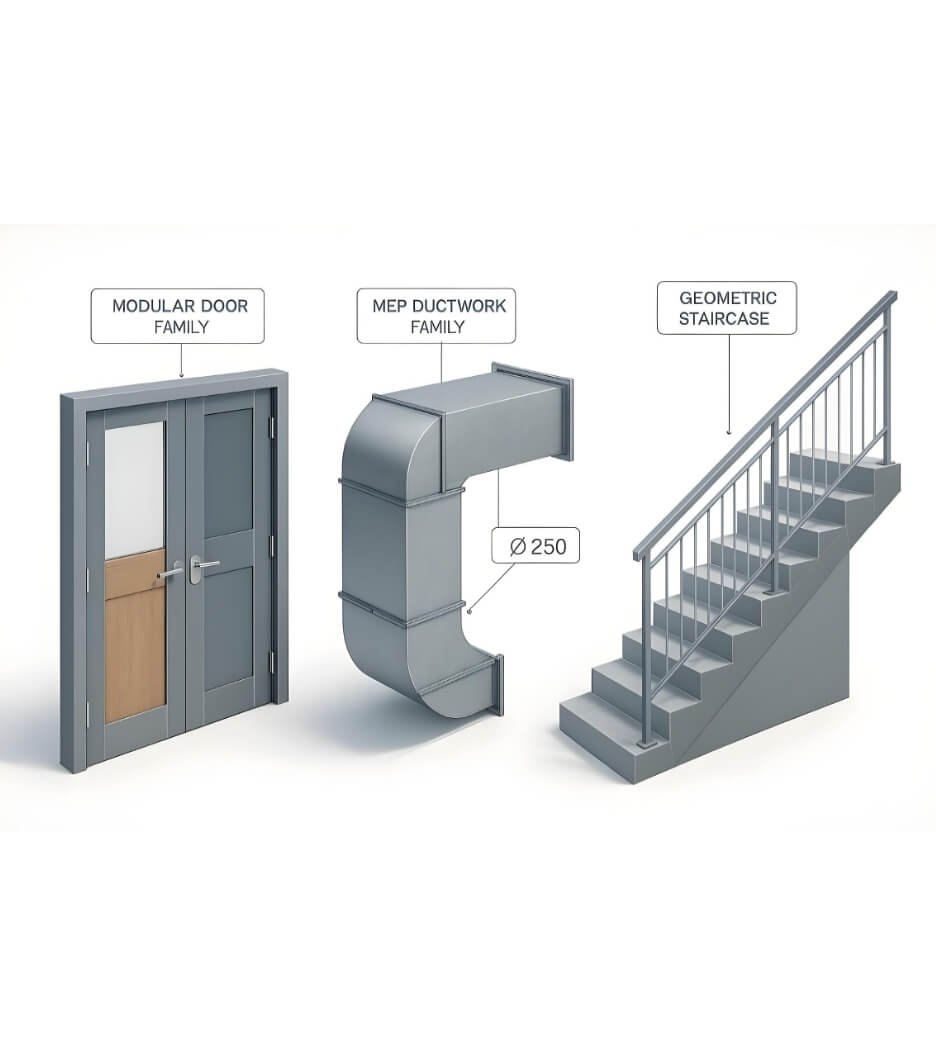 Rahul Dogra
Rahul Dogra
Role of BIM in Facility Management of Infrastructure
 Rahul Dogra
Rahul Dogra

Send Us Your Requirement
The modern world has witnessed some astounding technological revolutions that have altered the reality of almost every sector of the economy. With continuous advancement, the AEC sector has also leveraged the power of innovation and technology, which has led to the sector’s growth. Over the years, innovations and introduction to new technology have been a significant part of the architecture and construction realm. This leads to some creative edge for architects, designers, engineers and other AEC professionals. Moreover, technology continues to shape how architects and engineers design, construct, plan, execute, and maintain the infrastructure. Nonetheless, the architecture and construction landscape is rapidly growing to meet the dynamic requirements of the market. With a constantly changing environment, building information modeling has emerged as a groundbreaking tool for AEC professionals to cater to simple and complex construction projects.
Today, BIM services have become a revolutionary tool for architects, engineers, and collaborators, changing how construction projects are perceived, designed, visualized, and constructed. With the help of BIM as a technology, the complexity of projects is catered to resolutions. However, the impact of BIM goes beyond the construction stage as it is a groundbreaking technology for facility management and maintenance of the infrastructure throughout the entire lifecycle.
Any construction project has various stages that demand acute attention, detailing, precision, and efficiency. As a matter of fact, BIM is a digital representation of the physical and functional components of the infrastructure and creates a 3D data-rich intelligent model that entails precise information about the building’s geometry, spatial relationship, geographic information, and other information. Implementing BIM services in the architecture project offers a collaborative platform for AEC professionals and facility managers to work together on the intended design, planning, and management of building.
Innovative Facility Management Solutions with BIM Technology
Get a Quote
Since BIM enhances the designing, planning, and execution approach, it also goes beyond the construction phase. The 3D model helps AEC professionals cater to the project accurately and efficiently and helps facility managers maintain the building in its operational phase. During the operational phase of any infrastructure, facility management plays a pivotal role where implementation of BIM project management eases the factors of facility management. Let’s explore facility management in detail and how BIM plays a vital role.
Understanding Facility Management
In the architecture and construction industry landscape, planning and designing the entire project is different from the end goal, nor is the overall completion of construction. However, once the construction work is completed, the operational phase of the infrastructure begins, during which the facility management process plays a vital role. To ensure the building is operational in all aspects, efficiently and safely, the facility management process comes into focus.
The concept of facility management began in the 1970s as a multidisciplinary field with multiple aspects of physical infrastructure. Facility management entails a wide range of activities. All the activities are vital for the efficient operations, maintenance, and management of the infrastructure.
Additionally, it involves tasks such as space planning, asset management, preventive measures, energy management, and safety compliance. The goal of facility management is to ensure the infrastructure functions efficiently. Additionally facility management also offers a safe environment to occupants, and aligns with project objectives. However, facility managers often use a traditional approach. Practicing old methods and approaches limits the access to building information. Additionally, it hinders efficiency in the process and decision-making as the data provided is typically scattered.
Hence, the preexisting challenges of the traditional approach for facility managers require a more streamlined and data-driven solution that can enhance the process with the necessary information, tools, and insights to manage the infrastructure efficiently. Hence, the prominent use of BIM facility management comes into focus and emerges as a transformative technology for maintaining the building throughout its lifecycle. Let’s overview how BIM services play a powerful role in the facility management process.
BIM as Powerful Tool for Facility Management
The world of the AEC industry was quickly transformed when building information modeling came into existence. The groundbreaking technology altered the working approach in the architecture and construction realm. Today, the modern era of the architecture and construction industry leverages the power of BIM services for various factors that bring efficiency and accuracy to the project while maintaining collaboration, safety hazards, and detailing at each stage. As a matter of fact, BIM goes beyond the construction and designing stage as it is also involved in the post-construction phase. BIM project management helps maintain the project after construction, which means when the building is operational.
As a matter of fact, BIM in the post-construction stage helps facility managers enhance operational activities. BIM facility management offers multiple benefits as the 3D data-rich model provides a wealth of information, including 3D visualization, 4D scheduling, 5D cost estimation, a comprehensive view of the building components, systems, and more. Moreover, BIM offers the facility managers team easy access to essential information for efficient tracking and material specifications. Following are some of the key benefits of BIM for facility management.
Key Benefits of BIM for Facility Management
Increased Efficiency
Reduced Energy Waste
Condition Monitoring
Enhanced Energy Management
Improved Decision Making
Life Cycle Cost Analysis
Streamlined Maintenances and Repairs
Better Collaboration and Communication
BIM facilitates collaboration and improves communication between stakeholders and facility managers, which helps to ensure the health of the building. Not only this, but BIM offers unified platforms where all the essential data about the infrastructure is stored and accessible at the time of requirement. BIM project management facilitates the facility management process for the following aspects;
- Asset Management
- Space Management
- Energy Management
- Cost Management
- Maintenance Management
BIM facility management enhances the post-construction phase and ensures the building is functional and has all the operational components. It also enhances the work of the facility management team, which carefully caters to various aspects of the infrastructure so that occupants can live safely and comfortably. In fact, advancements in technology will likely shape the future of BIM facility management, as will increased integration with IoT, advanced analytics, and interaction with augmented and virtual reality.
Wrapping Up
Building information modeling is a revolutionary and valuable asset for facility management due to its long list of benefits and resolutions to overcome some challenges with a comprehensive strategy. However, BIM facility management offers valuable insights into building operations. UniquesCADD is a leading outsourcing BIM service provider that is an expert in providing facility management processes by a team of professionals.


